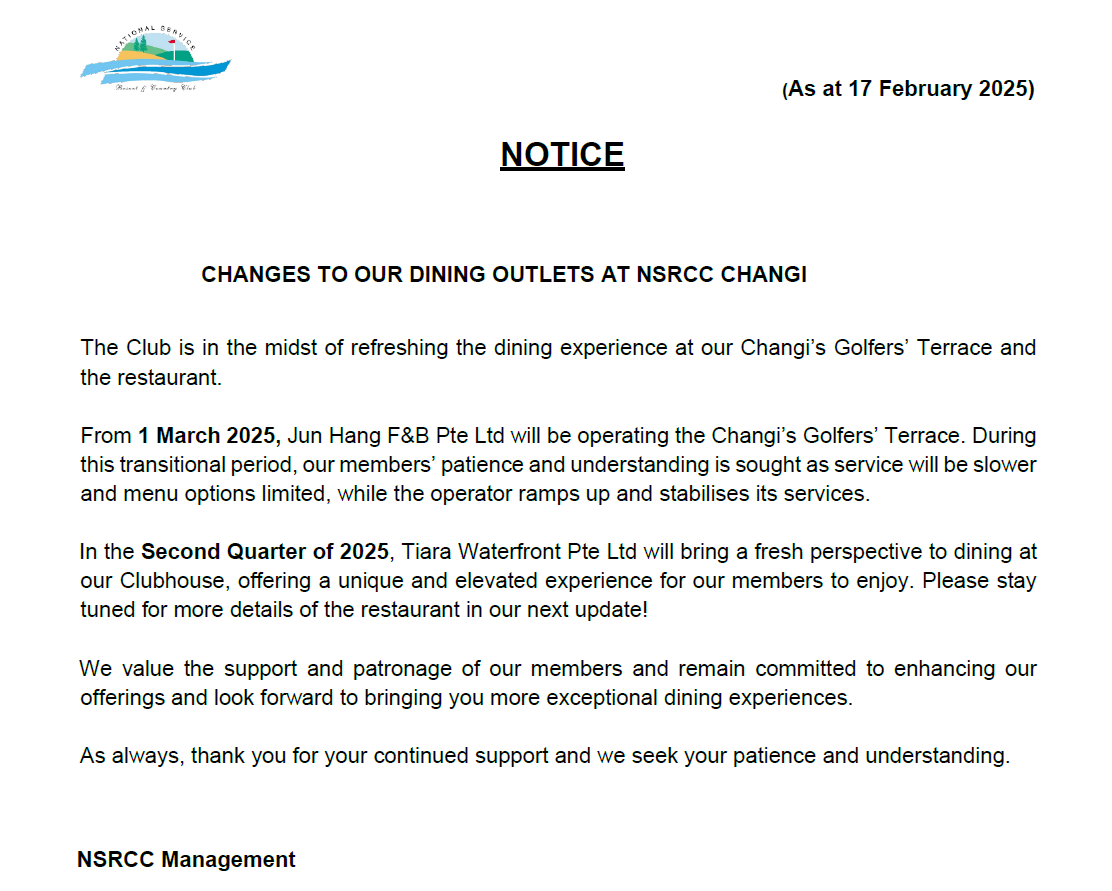[Resort View Oct 2024] Mindfulness: Cultivating Awareness and Presence in Modern Life

– by Johnny Ong, NSRCC member
Introduction
In the relentless pace of modern life, where distractions are abundant and stress is a constant companion, the concept of mindfulness has emerged as a powerful antidote. Mindfulness, rooted in ancient contemplative traditions, particularly Buddhism, has gained widespread attention and application in various aspects of contemporary life. From mental health therapy to corporate wellness programs, the practice of mindfulness is heralded as a tool for enhancing emotional well-being, improving focus, and fostering a deeper sense of presence and connection. This article explores the origins, principles, benefits, and applications of mindfulness, as well as its integration into daily life.
Origins and Principles of Mindfulness
Mindfulness is fundamentally about being fully present and engaged in the current moment. Its origins can be traced back to ancient Eastern philosophies, particularly within the context of Buddhist meditation practices. The Pali word "sati," often translated as mindfulness, denotes an awareness that is clear, focused, and non-judgmental.
The core principles of mindfulness involve intentionality, attention, and acceptance. Practitioners are encouraged to direct their attention to the present moment, observing their thoughts, emotions, and bodily sensations with a stance of curiosity and without judgment. This practice cultivates a heightened awareness of the interconnectedness of mind and body, leading to greater emotional regulation and psychological resilience.

Benefits of Mindfulness
Numerous studies have highlighted the wide-ranging benefits of mindfulness for mental, emotional, and physical health. One of the most well-documented benefits is its impact on reducing stress. By fostering a state of non-reactive awareness, mindfulness helps individuals manage stress more effectively, mitigating the harmful effects of chronic stress on the body and mind.
Moreover, mindfulness has been shown to improve mental clarity and focus. By training the mind to concentrate on the present moment, individuals can enhance their cognitive performance and decision-making abilities. This is particularly relevant in an age where multitasking and constant digital distractions can impair productivity and mental well-being.
Mindfulness also plays a crucial role in emotional regulation. Through the practice of observing emotions without judgment, individuals can develop a greater understanding of their emotional patterns and triggers. This self-awareness fosters emotional intelligence, allowing for more thoughtful responses rather than impulsive reactions.
In the realm of physical health, mindfulness has been associated with a range of benefits, including improved immune function, lower blood pressure, and better sleep quality. The practice encourages a mindful approach to lifestyle choices, such as eating and exercise, promoting overall wellness.
Integrating Mindfulness into Daily Life
While the benefits and applications of mindfulness are extensive, its true power lies in its integration into daily life. Cultivating mindfulness requires regular practice and a commitment to developing a mindful approach to everyday activities. Here are some practical strategies for incorporating mindfulness into daily routines:
- 1. Mindful Breathing: One of the simplest and most effective ways to practice mindfulness is through mindful breathing. Taking a few minutes each day to focus on the breath can help anchor the mind in the present moment and provide a sense of calm and clarity.
- 2. Mindful Eating: Paying attention to the sensory experience of eating—such as the taste, texture, and aroma of food—can transform mealtime into a mindful practice. This helps foster a healthier relationship with food and encourages mindful choices.
- 3. Mindful Walking: Walking mindfully involves paying attention to the sensations of each step, the movement of the body, and the environment. It can be a meditative practice that promotes physical and mental well-being.
- 4. Mindful Listening: Engaging in active and mindful listening during conversations fosters deeper connections and improves communication. It involves fully focusing on the speaker without planning a response or getting distracted.
- 5. Mindful Technology Use: In an era of constant digital connectivity, practicing mindful technology use can help reduce distractions and improve focus. Setting boundaries around screen time and being intentional about online activities can promote a healthier relationship with technology.
- 6. Mindfulness Meditation: Regular meditation practice, even for a few minutes a day, can significantly enhance mindfulness. There are various forms of mindfulness meditation, including focused attention, body scan, and loving-kindness meditation, each offering unique benefits.
Conclusion
Mindfulness, with its roots in ancient contemplative traditions, has found a profound and relevant place in modern life. Its principles of intentionality, attention, and acceptance offer a pathway to greater well-being and fulfillment. From reducing stress and enhancing cognitive function to improving emotional regulation and fostering compassion, the benefits of mindfulness are far-reaching and well-supported by scientific research.
The versatility of mindfulness allows for its integration into various fields, including healthcare, education, business, and sports. By incorporating mindfulness into daily routines, individuals can cultivate a more mindful approach to life, enhancing their ability to navigate the complexities of the modern world with greater ease and resilience.
However, it is essential to approach mindfulness with respect and understanding, acknowledging its origins and avoiding superficial or commodified practices. By committing to regular practice and embracing the principles of mindfulness, individuals can embark on a transformative journey towards greater awareness, presence, and compassion. In a world that often pulls us in many directions, mindfulness offers a grounding and centering force, guiding us back to the richness and depth of the present moment.

